
Roscoe Conkling "Fatty" Arbuckle was an American silent film actor, director, and screenwriter. He started at the Selig Polyscope Company and eventually moved to Keystone Studios, where he worked with Mabel Normand and Harold Lloyd as well as with his nephew, Al St. John. He also mentored Charlie Chaplin, Monty Banks and Bob Hope, and brought vaudeville star Buster Keaton into the movie business. Arbuckle was one of the most popular silent stars of the 1910s and one of the highest-paid actors in Hollywood, signing a contract in 1920 with Paramount Pictures for $1,000,000 a year.

National City Lines, Inc. (NCL) was a public transportation company. The company grew out of the Fitzgerald brothers' bus operations, founded in Minnesota, United States, in 1920 as a modest local transport company operating two buses. Part of the Fitzgerald's operations were reorganized into a holding company in 1936, and later expanded about 1938 with equity funding from General Motors, Firestone Tire, Standard Oil of California and Phillips Petroleum for the express purpose of acquiring local transit systems throughout the United States in what became known as the General Motors streetcar conspiracy. The company formed a subsidiary, Pacific City Lines in 1937 to purchase streetcar systems in the western United States. National City Lines, and Pacific City Lines were indicted in 1947 on charges of conspiring to acquire control of a number of transit companies, and of forming a transportation monopoly for the purpose of "conspiring to monopolize sales of buses and supplies to companies owned by National City Lines." They were acquitted on the first charge and convicted on the second in 1949.

Occidental Petroleum Corporation is an American company engaged in hydrocarbon exploration in the United States, and the Middle East as well as petrochemical manufacturing in the United States, Canada, and Chile. It is organized in Delaware and headquartered in Houston. The company ranked 183rd on the 2021 Fortune 500 based on its 2020 revenues and 670th on the 2021 Forbes Global 2000.
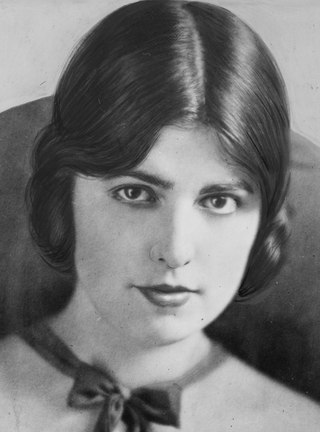
Virginia Caroline Rappe was an American model and silent film actress. Working mostly in bit parts, Rappe died after attending a party with actor Roscoe "Fatty" Arbuckle, who was accused of manslaughter and rape in connection with her death, though he was ultimately acquitted of both charges.

Frank Putnam Flint was a United States Senator from California from 1905 to 1911.
The Motley Fool is a private financial and investing advice company based in Alexandria, Virginia. It was founded in July 1993 by co-chairmen and brothers David Gardner and Tom Gardner, and Todd Etter and Erik Rydholm. The company employs over 300 people worldwide.
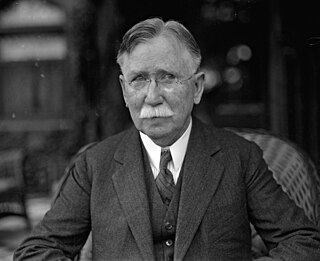
Edward Laurence Doheny was an American oil tycoon who, in 1892, drilled the first successful oil well in the Los Angeles City Oil Field. His success set off a petroleum boom in Southern California, and made him a fortune when, in 1902, he sold his properties.

Buron Rogers Fitts was an American lawyer and politician from Los Angeles who served as the 29th lieutenant governor of California, from 1927 to 1928, and Los Angeles County District Attorney thereafter until 1940.
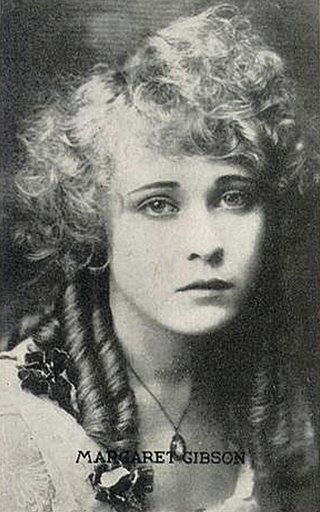
Ella Margaret Gibson was an American stage and silent-film actress who had leading roles in Vitagraph Westerns, often opposite William Clifford. She also appeared with Charles Ray in The Coward (1915) and later worked in two Westerns with William S. Hart: The Money Corral and Sand! On her deathbed in 1964, she reportedly made a dying confession to the 1922 murder of director William Desmond Taylor.
Ray R. Irani is the former chairman and chief executive officer of Occidental Petroleum. He has worked at Occidental Petroleum for over 20 years, serving as a director since 1984, chief operating officer (president) from 1984 to 1990, and chairman and chief executive officer from 1990. During his early years, he worked with Occidental CEO Armand Hammer, who at age 91, named Irani his successor in February 1990. According to Forbes.com, his five-year total compensation between 2001 and 2005 was $127,447,000. In 2006, after a rise in oil prices, Irani earned a total of $460 million.

Mentryville was an oil drilling town in the Santa Susana Mountains in Los Angeles County, California, USA. It was started by Charles Alexander Mentry in the 1870s around the newly discovered oil reserves in that area. The first oil strike was on September 26, 1876. The town is located at the terminus of Pico Canyon Road, four miles west of the Lyons Avenue exit from I-5 in Santa Clarita. It is currently a part of Stevenson Ranch.

Albert Joseph Wallace was a member of the Los Angeles, California, City Council in 1907–09 and lieutenant governor of California in 1910–14.

Herschel L. Carnahan was the 30th Lieutenant Governor of California, 1928–1931, serving under Governor C. C. Young. He was a Republican.

The 2008 Peru oil scandal started after a Peruvian TV station broadcast an audio tape of an alleged conversation between a government official and a lobbyist agreeing to help a firm win contracts. The speakers were allegedly Alberto Quimper, an executive in Petroperú, the state company in charge of promoting foreign investment in the petroleum sector, and a prominent lobbyist and politician member of the Apra party Rómulo León Alegría discussing payments to help the Norwegian company Discover Petroleum win contracts. This was followed by street protests led by workers, teachers, builders and doctors for the resignation of the Council of Ministers. The scandal led to the resignation of Prime Minister Jorge del Castillo and the appointment of a new cabinet headed by Yehude Simon.

The history of oil production in California began in the late 19th century. In 1903, California became the leading oil-producing state in the US, and traded the number one position back-and forth with Oklahoma through the year 1930. As of 2022, California produced 3% of the crude oil of the nation, behind Texas, New Mexico, North Dakota, Alaska, Colorado, and Oklahoma. In the past century, California's oil industry grew to become the state's number one GDP export and one of the most profitable industries in the region. The history of oil in the state of California, however, dates back much earlier than the 19th century. For thousands of years prior to European settlement in America, Native Americans in the California territory excavated oil seeps. By the mid-19th century, American geologists discovered the vast oil reserves in California and began mass drilling in the Western Territory. While California's production of excavated oil increased significantly during the early 20th century, the accelerated drilling resulted in an overproduction of the commodity, and the federal government unsuccessfully made several attempts to regulate the oil market.

The Pan American Petroleum and Transport Company (PAT) was an oil company founded in 1916 by the American oil tycoon Edward L. Doheny after he had made a huge oil strike in Mexico. Pan American profited from fuel demand during World War I, and from the subsequent growth in use of automobiles. For several years Pan American was the largest American oil company, with holdings in the United States, Mexico, Colombia and Venezuela. In 1924 Pan American was involved in the Teapot Dome scandal over irregularities in the award of a U.S. government oil concession. Standard Oil of Indiana obtained a majority stake in 1925. The company sold its foreign properties to Standard Oil of New Jersey in 1932. What was left of Pan American was merged with Standard Oil of Indiana in 1954 to form Amoco.
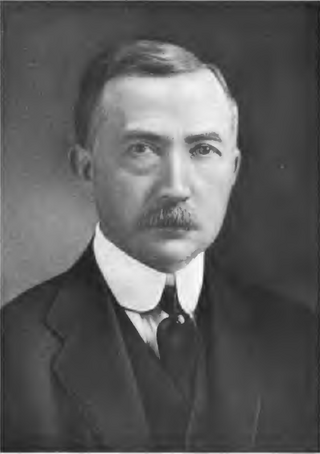
Joseph Francis Sartori was a Los Angeles banker and civic leader, founder and President of Security-First National Bank, was one of the founders of the Los Angeles Country Club and the City of Torrance, and was influential in the development of the Los Angeles Biltmore Hotel, Subway Terminal Building and Los Angeles Civic Center.

Henry Keep was an American currency speculator, banker, stock speculator, and railroad financier who invested heavily in the Chicago and North Western Railway, Cleveland and Toledo Railroad, Michigan Southern and Northern Indiana Railroad, and New York Central Railroad. He was treasurer of the Michigan Southern and Northern Indiana Railroad from 1861 to 1863, and briefly president of the New York Central Railroad in 1866.
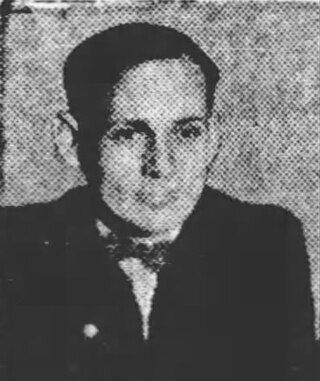
Earl Eugene Kynette was an American police officer who led the Los Angeles Police Department (LAPD) Intelligence Squad under Chief James E. Davis during the Great Depression era. The Intelligence Squad was assigned to "spy on, compromise, and intimidate critics and foes of the department and the mayor".

Courtney Chauncey Julian was a Canadian-American oil company promoter and con man operating in Los Angeles, California, United States in the 1920s and 1930s.


















